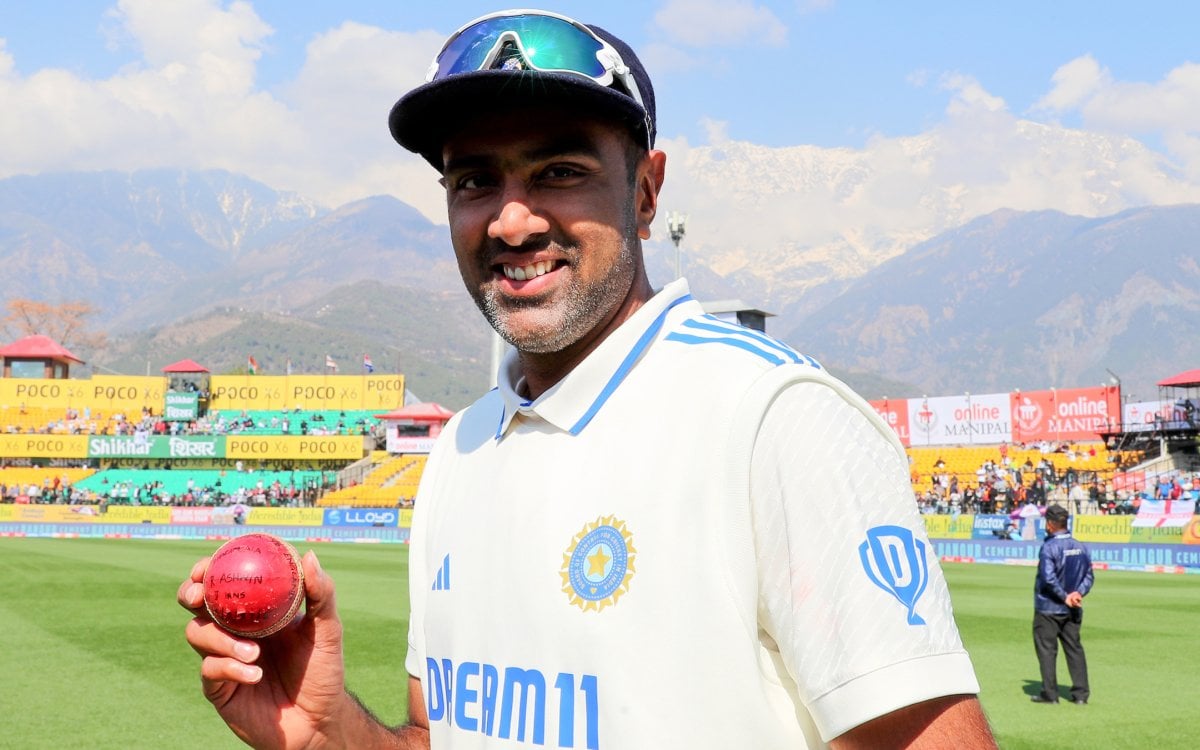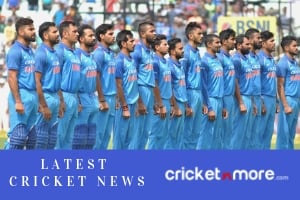For Major League Cricket organizers, the timing couldn’t be better.
Cricket has tried to captivate Americans before. Will this time be different?

MLC opened its second season July 5, six days after the World Cup final won by India. Organizers hope the U.S. success helps push the sport — and ultimately the league — more deeply into America’s sports consciousness.
“Cricket has tried and failed in this country for probably 25, 30 years,” MLC director Justin Geale said. “This is the furthest anyone’s got, so we’ve got to keep that momentum going.”
Cricket’s global popularity may come as a shock to some American sports fans.
It is the most popular sport in India, the world’s most populous country, and enjoys similar appeal in parts of the Caribbean and countries such as England, South Africa and Australia. The Indian Premier League, the country’s top domestic T20 circuit, has grown into one of the world’s most lucrative leagues. And the sport, which is the second-most watched in the world, will return to the Olympics in 2028 following a 128-year absence.
Previous attempts to find a place for cricket in the American sports landscape have stalled.
Short-lived Pro Cricket operated an eight-team league in 2004. It aimed to capitalize on the advent of professional T20 cricket in the United Kingdom but folded after one season. (T20, or Twenty20, is a faster, shortened version of the sport.) The American Premier League, another T20 competition, failed to launch in 2009, though it finally got off the ground in 2021.
Major League Cricket debuted in July 2023. The league features six teams — New York, Seattle, San Francisco, Los Angeles, Washington and Grand Prairie, Tex. (near Dallas) — competing in the T20 format. Bolstered by $120 million in league investment, those teams include some of the top players in the world, who are able to play during their offseasons. Games have been contested in Texas and North Carolina only, but organizers say most of the funding will be used for building or upgrading eight venues across the country.
Its goal is to grow the sport in America, ideally beyond the South Asian diaspora. They said they don’t want to compete for sports supremacy with the NFL or the NBA. MLC aims to capitalize on burgeoning interest in cricket so the league can eventually become a more casual presence in American sports fans’ lives — and benefit from the more lucrative broadcast deals that expansive popularity would invite.
A promising first season outperformed the league’s expectations, with games selling out at the 3,500-capacity venue in Morrisville, N.C., outside Raleigh, and those in the stadium in the 7,200-seat venue at Grand Prairie averaging more than 80 percent capacity. Saurabh Netravalkar, a breakout star at the World Cup, and other players said they were pleasantly surprised by the professionalism and quality of competition.
“We learned an awful lot,” Geale said. “What’s most pleasing is it actually worked. You spend three years trying to plan and you theorize, but people actually came, so our crowds were really positive — and we didn’t help ourselves. We’re playing in Texas in the middle of summer.”
The league’s priority now is building venues in other cities to connect with fans in those areas. It is a critical but ongoing challenge that could have teams relying on temporary facilities such as the one used in New York for the World Cup as they work to secure more permanent grounds.
The Seattle Orcas are developing a stadium east of the city in Redmond, Wash., and the San Francisco Unicorns are planning a Santa Clara venue the team hopes will become part of a larger sports and entertainment hub. The Washington Freedom was in negotiations with George Mason University to build a temporary baseball and cricket stadium on the Northern Virginia school’s west campus, but plans fell through in March after students and local residents opposed the project, and the university president later said it “does not meet the strategic objectives and interests of our campus and community and the Washington Freedom.” Franchises in New York and Los Angeles also are seeking stadiums.
That’s why teams play in North Carolina and Texas, though the league has mandated each team secure a home ground by 2028, when Los Angeles will host the Summer Olympics.
“Our biggest challenge is infrastructure. If we had more places to play, we’d go and play, so that’s holding back our growth,” Geale said. “We’re looking to build stadiums as quick as we can in all these areas. As soon as we can do that, I think we can grow quicker, the season can get longer; we can really talk to local fans and build a brand around, say, the Washington Freedom, rather than trying to do that over a distance.”
For players, that can mean little to no connection to their “home” city for the time being.
Last season, Freedom players attended a preseason camp in the Dallas area a few weeks before the start of the season in July. The first half of their schedule was in Texas, the second half in North Carolina, then back to Dallas for the playoffs. Netravalkar plays for the Freedom while working as a software engineer for Oracle in the Bay Area. He said last year he ventured east only for MLC events in Texas and North Carolina.
Ahead of Year 2, some things have changed.
MLC games were broadcast in more than 80 countries last year and were shown via Sling TV and Willow TV, which streams cricket events. Select games aired on CBS Sports Network. To expand coverage this season, MLC is negotiating partnerships with regional sports networks in its six cities. There will be 25 matches on the schedule, up from 19. Teams such as the Freedom are considering how to engage their local fans from a distance — potentially through clinics, meet-and-greets or contests in which winners are flown out to watch games in person.
Despite its stadium struggles, MLC is poised for expansion. Geale said it could add two teams by 2026 and is eyeing potential franchises in Atlanta, Chicago, Toronto, New Jersey and South Florida.
MLC has a developmental minor league through which it is cultivating young domestic talent. Over time, the idea is for pro teams and their players to be more involved in their communities through coaching, mentorship and other forms of outreach.
Then there is the development of the U.S. men’s and women’s national teams.
The U.S. upset over 2022 T20 World Cup runner-up Pakistan last month helped the men’s team qualify for the tournament’s second round, called the Super Eight, where the dream run ended. Still, its advancement means it automatically qualifies for the 2026 edition of the tournament hosted by India and Sri Lanka. Geale believes the team’s success drives more attention to the sport and opens the door for the league to negotiate better broadcast opportunities.
Netravalkar, a bowler for the U.S. national team, said MLC already has contributed to that effort.
“I think Major League the first season really helped us because that gave us the platform to play on quality pitches within the U.S. and to sort of rub shoulders with some of the top cricketers across the globe in front of good crowds,” he said.
“It’s really heartening to see that cricket has arrived,” he added. “We planted a seed for growth, and Major League being immediately after the World Cup helps a lot to continue that trajectory and make it even bigger.”
Related
How to Watch Major League Cricket 2024 Live Online
If you purchase an independently reviewed product or service through a link on our website, Variety may receive an affiliate commission. With the ICC Men
Cricketer R. Ashwin Thrilled On Owning Team, American Gambits, In…
The Global Chess League: India's top international off-spinner Ravichandran Ashwin was on Monday thrill
Ravichandran Ashwin buys team in Global Chess League: Viswanathan Anand…
Jul 08, 2024 07:28 PM IST Ravichandran Ashwin has become a co-owner of the American Gambits in the build-up to the 2024 edition of the Global Chess Lea
american gambits Cricket News | Latest Cricket News on american…
The Global Chess League: India's top international off-spinner Ravichandran Ashwin was on Monday thrilled to introduce a chess team













